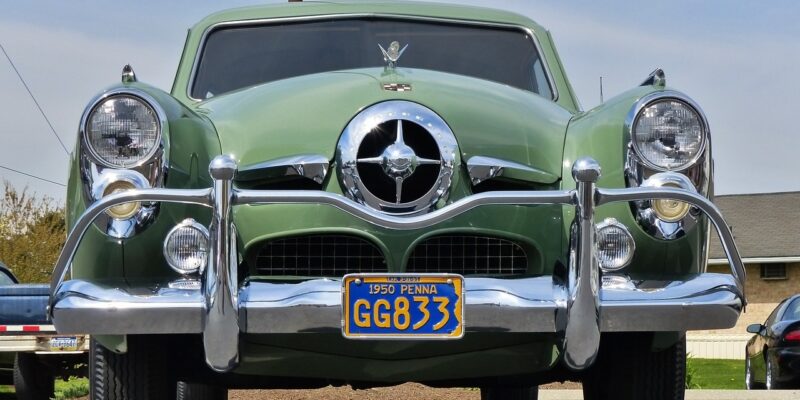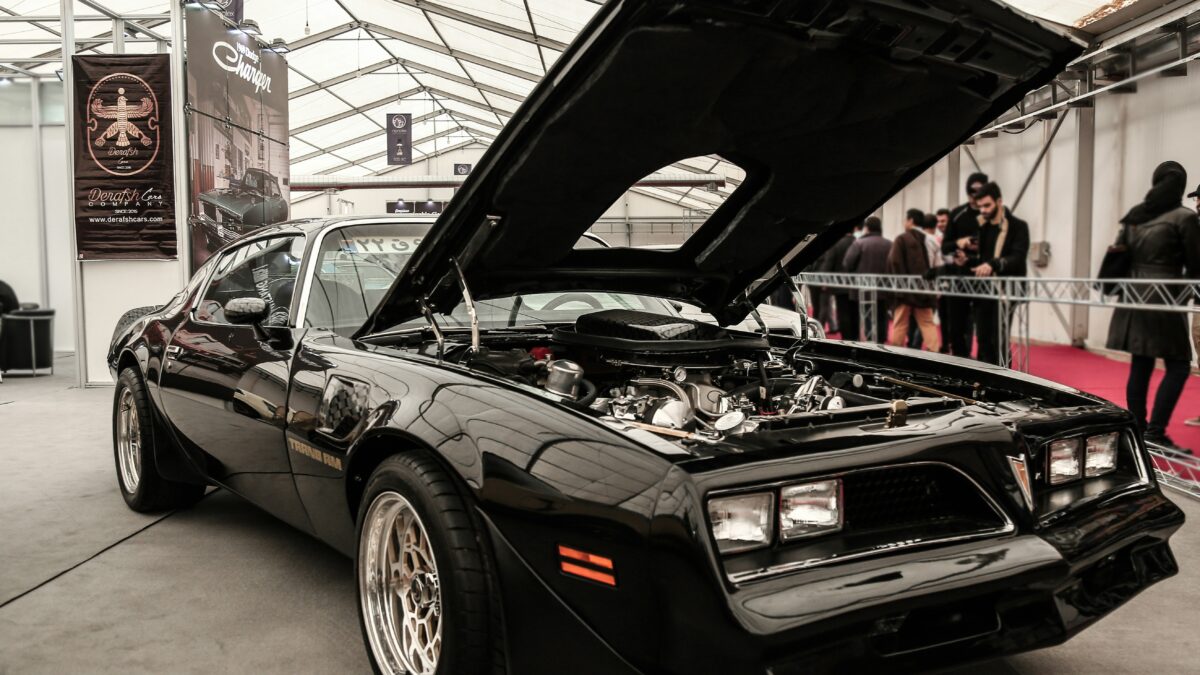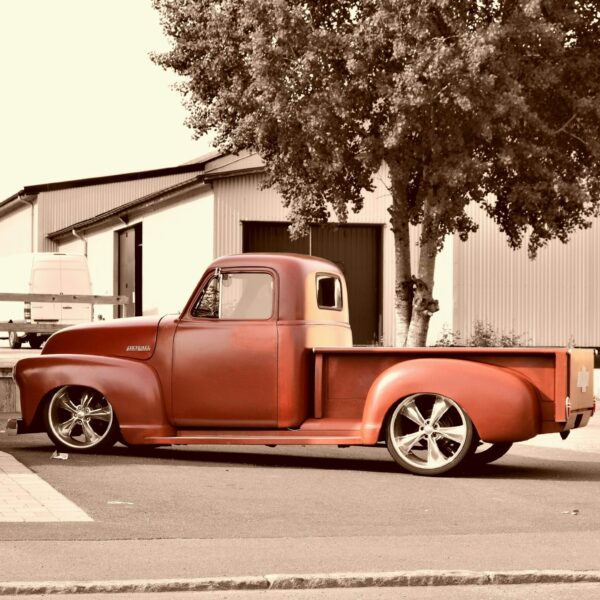A Brief History of Studebaker: A Novel Pioneer of Automobiles
The car revolution, also known as the automobile revolution, generally refers to a period of significant advancements and transformations in the automotive industry. It encompasses various developments, including the widespread adoption of automobiles, technological advancements, changes in manufacturing processes, and shifts in societal and economic structures. While it is challenging to pinpoint an exact timeframe for the car revolution, it can be broadly associated with the late 19th century and the early 20th century.
During this period, several key milestones and events occurred that propelled the automotive industry forward. Studebaker, a company you don’t hear too often nowadays, actually played one of the biggest roles in making this movement happen. As the third largest American automotive producer of its time, the brand dominated the market for several years, delivering both quality and groundbreaking models for American settlers to enjoy.
Humble beginnings
Studebaker Automotive, originally known as the Studebaker Brothers Manufacturing Company, was founded by a family of five brothers: Henry, Clement, John Mohler (J.M.), Peter, and Jacob Studebaker. The Studebaker brothers were of German descent and initially started their business as blacksmiths in South Bend, Indiana, in the 1850s. They manufactured and repaired wagons and carriages, capitalizing on the demand for transportation during the westward expansion in the United States.
As the transportation industry evolved and automobiles became more popular, the Studebaker brothers recognized the potential of this emerging market. In 1902, they transitioned their business to automobile production, establishing the Studebaker Automobile Company. While the brothers played a significant role in the company’s early years, it was primarily led by J.M. Studebaker, who served as the president.
The Studebaker brothers’ collective efforts, business acumen, and innovation propelled the company’s growth, making Studebaker one of the prominent American automobile manufacturers of its time. They played a crucial role in shaping the company’s identity and legacy, which lasted for over a century until Studebaker’s closure in 1967.
What was unique about Studebaker?
Here are some of the notable aspects that set this automotive brand apart:
Longevity: Studebaker had a remarkably long history, as mentioned above, spanning over 100 years. The company was founded in 1852 as a wagon and carriage manufacturer and later transitioned into producing automobiles. Studebaker continued to operate until 1967. Thereby making it one of the few American automakers to survive for such a substantial period.
Innovations: Studebaker was known for its innovations in automobile design and engineering. In the early 20th century, the company introduced several notable advancements, including electric cars, the first gasoline-powered cars, and the first mass-produced vehicles with four-wheel brakes.
Styling: The auto company was most recognized for its distinctive and stylish designs. These cars were often considered bold, sleek, and ahead of their time in terms of aesthetics.
Early adoption of materials: Studebaker was an early adopter of new materials in automobile construction. In the 1930s, they were among the first to incorporate steel bodies instead of traditional wood frames. This change improved the durability and safety of vehicles.
Independent nature: Unlike many other American automobile manufacturers, Studebaker remained independent for most of its existence. While other companies often merged or were acquired, Studebaker maintained its independence and identity until its eventual closure in 1967.
Legacy: Studebaker’s legacy extends beyond its automobile production. The company played a significant role in American industrial history and contributed to the growth of South Bend, Indiana, where its headquarters were located. Studebaker also had a presence in international markets, exporting vehicles to various countries worldwide.

What was the significance of the Studebaker in 1950?
The Studebaker models of the 1950s, including the Studebaker 1950 (shown above), were memorable for several reasons:
- Raymond Loewy’s Influence: The Studebaker models of the 1950s benefited from the design influence of industrial designer Raymond Loewy. Loewy, who joined the company in the late 1930s, played a crucial role in reshaping the automaker’s aesthetic direction. His designs for the Studebaker models of the 1950s were characterized by sleek lines, bold curves, and distinctive styling elements.
- Post-World War II Era: The 1950s marked a period of significant growth and prosperity in the United States after the end of World War II. Studebaker, like other automobile manufacturers, capitalized on the increased demand for cars as people embraced a more consumer-driven lifestyle. The 1950 models, with their stylish designs and attractive features, appealed to the post-war consumers.
- Introduction of the Bullet-Nose Design: One of the standout features of Studebaker models in the early 1950s was the introduction of the Bullet-Nose design. This design element featured a rounded front end with a protruding center section resembling the tip of a bullet. The Bullet-Nose design was highly distinctive and helped Studebaker cars stand out among competitors.
- Technological Advancements: The models produced in the 1950s incorporated various technological advancements for the time. This included the introduction of automatic transmissions, power steering, and improved suspension systems. In fact, Studebaker Automotive Company was among the first automakers to offer automatic transmissions as standard or optional equipment. This provided a more convenient driving experience for customers.
- Market Competition: The 1950s were a highly competitive period in the American automobile industry. The company faced intense competition from other major manufacturers like General Motors, Ford, and Chrysler. Although Studebaker’s market share declined during this era, the company’s unique designs and innovations helped it remain relevant and attract a dedicated following.
What was the downfall of Studebaker?
While the 1950 models contributed to the brand’s legacy and showcased innovative design elements, financial struggles and changing market dynamics ultimately led to the company’s decline in subsequent years. However, the brand’s models of the 1950s are still regarded as iconic examples of automotive design from that era.
Always give more than you promise
Overall, the brand’s unique attributes and contributions to automotive history have left a lasting impact. Today, car enthusiasts from all over the world flock to South Bend, Indiana to see restored models in The Studebaker National Museum. Those who have an admiration for the design and long-standing history of this early automotive pioneer will have no problem spending an hour or two there.
To learn more about this American automaker’s rise and fall in the market, watch the brief documentary below:
















